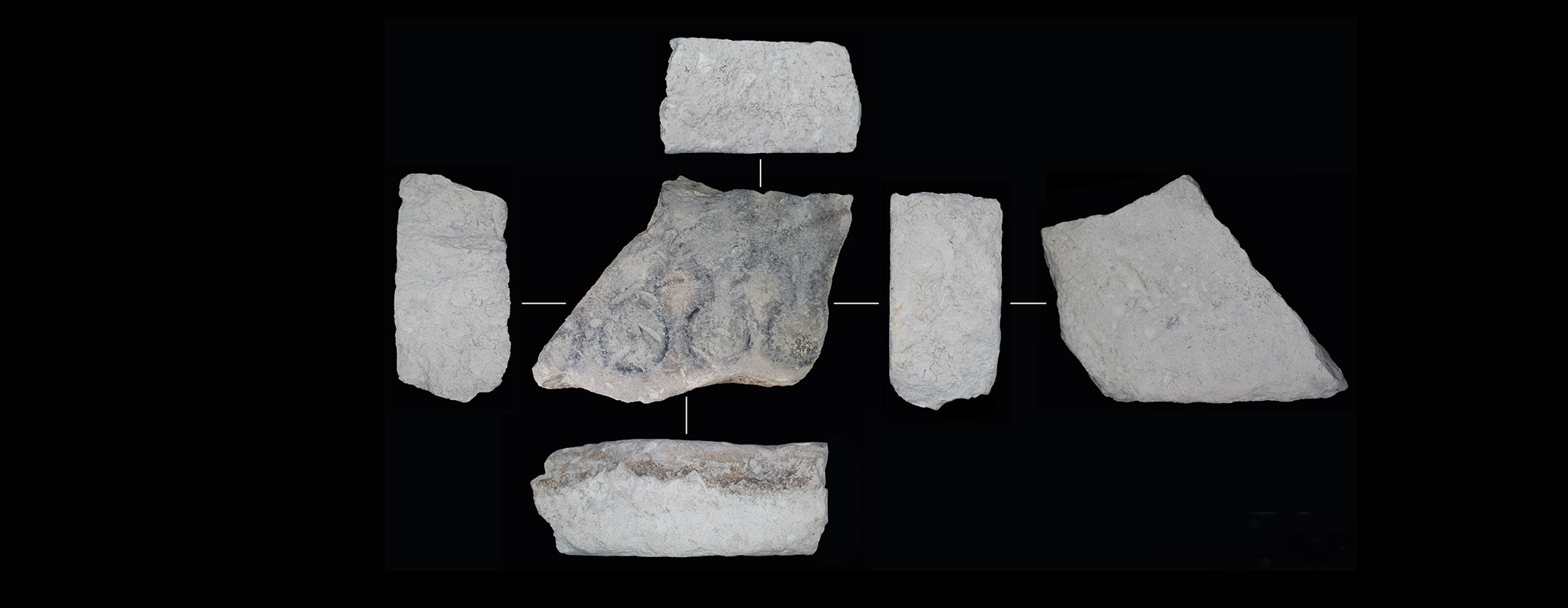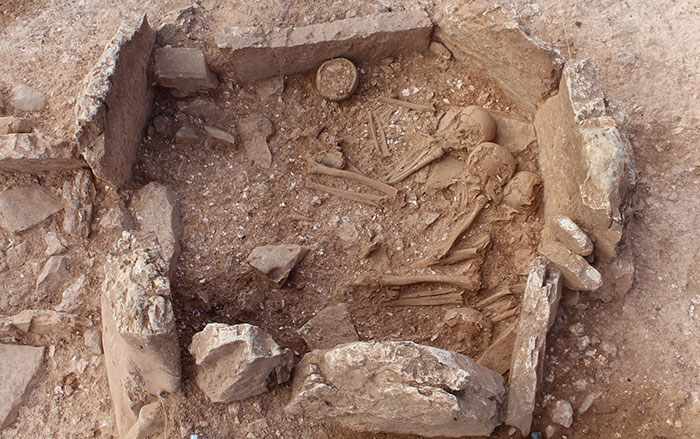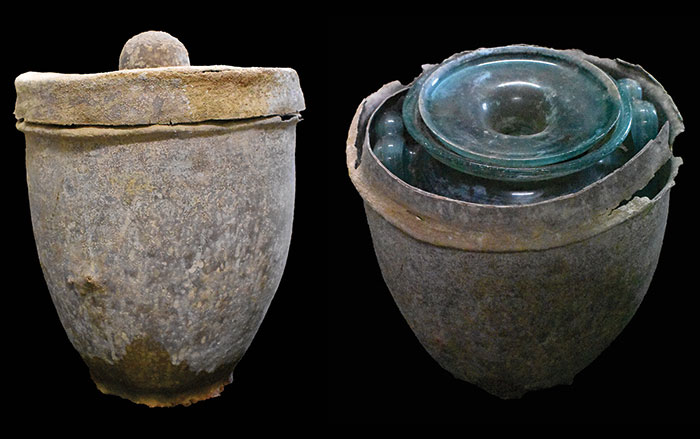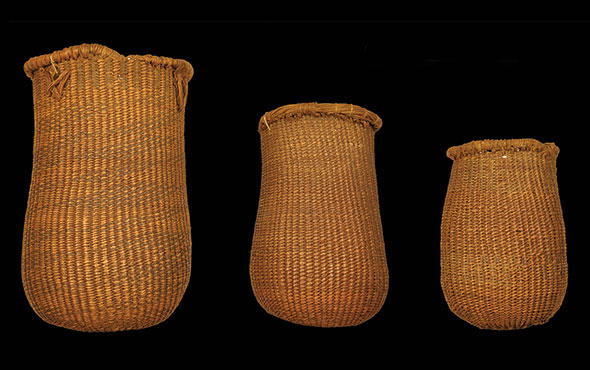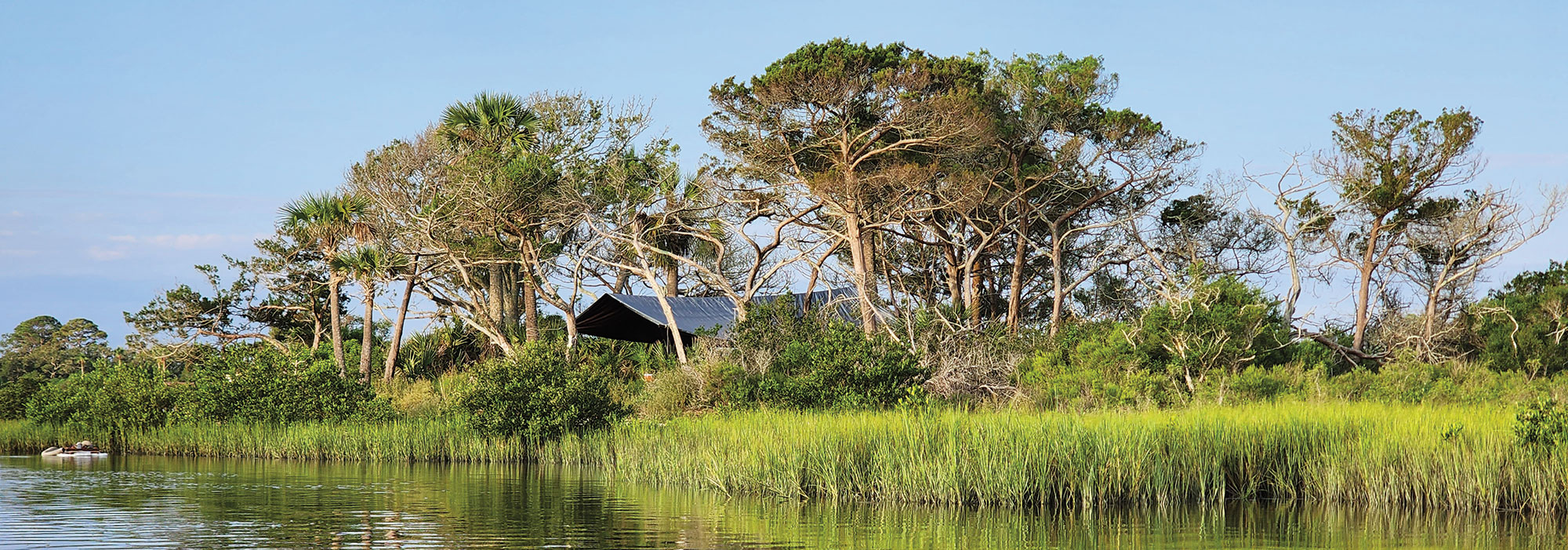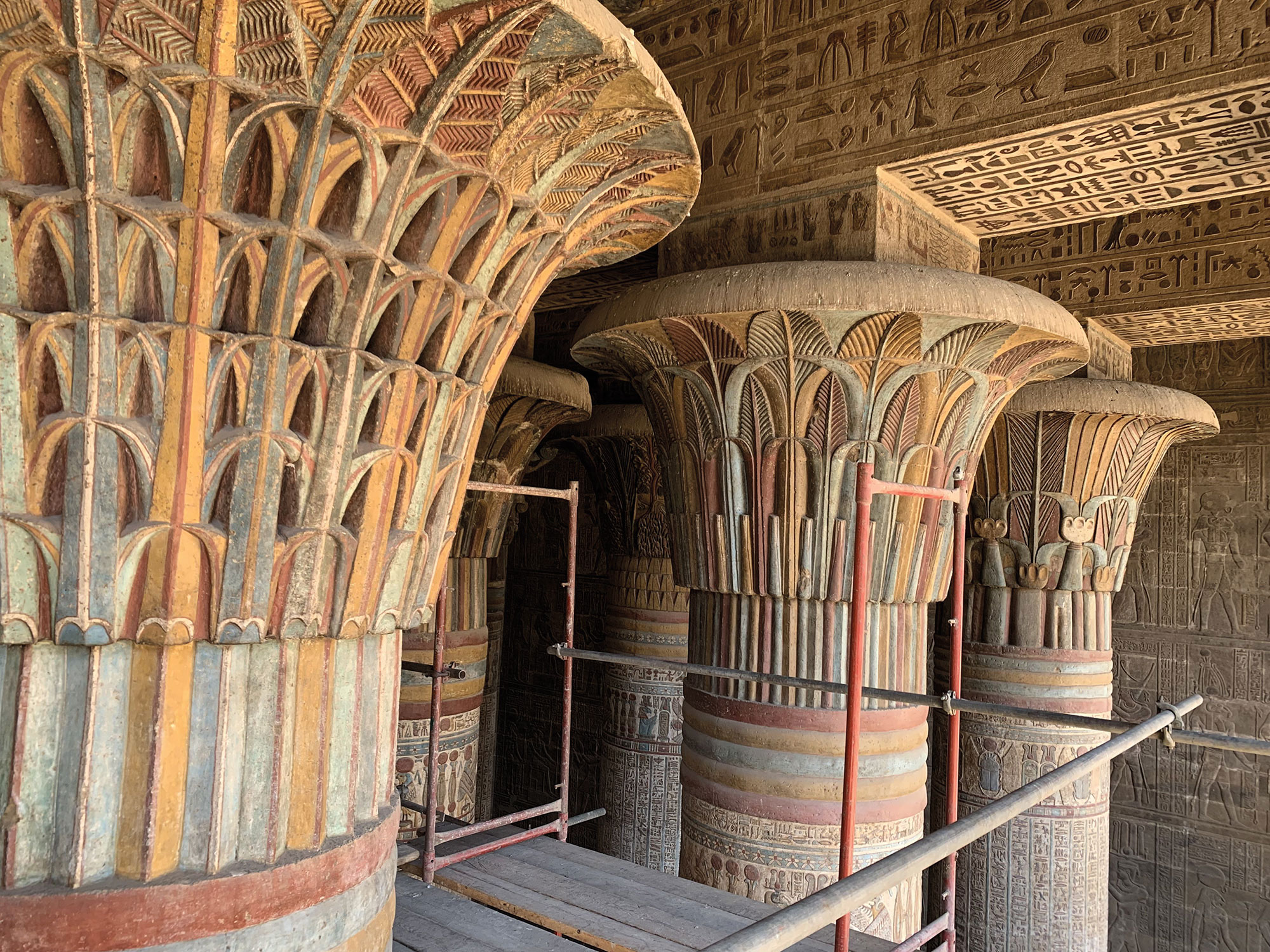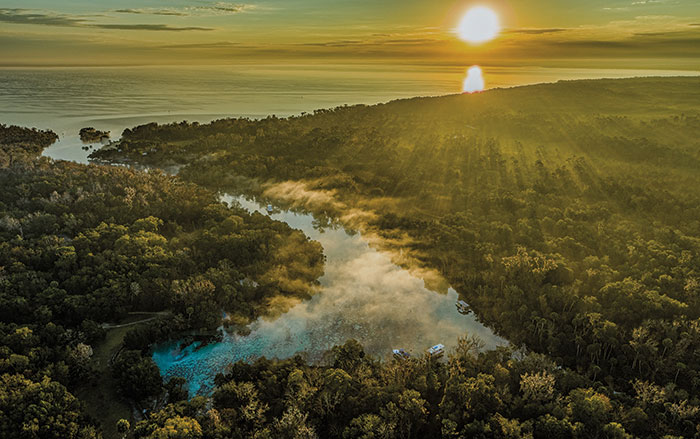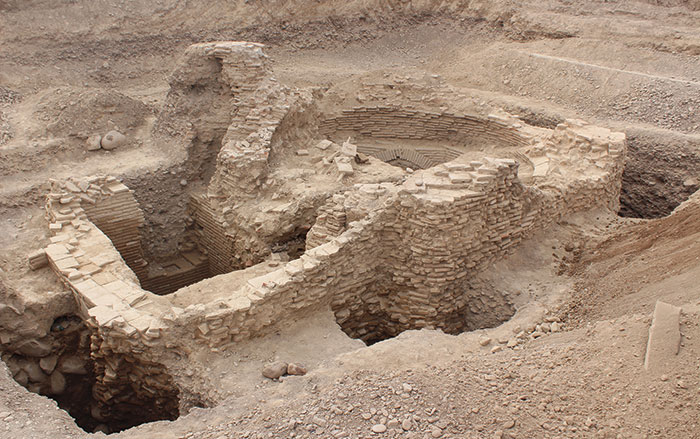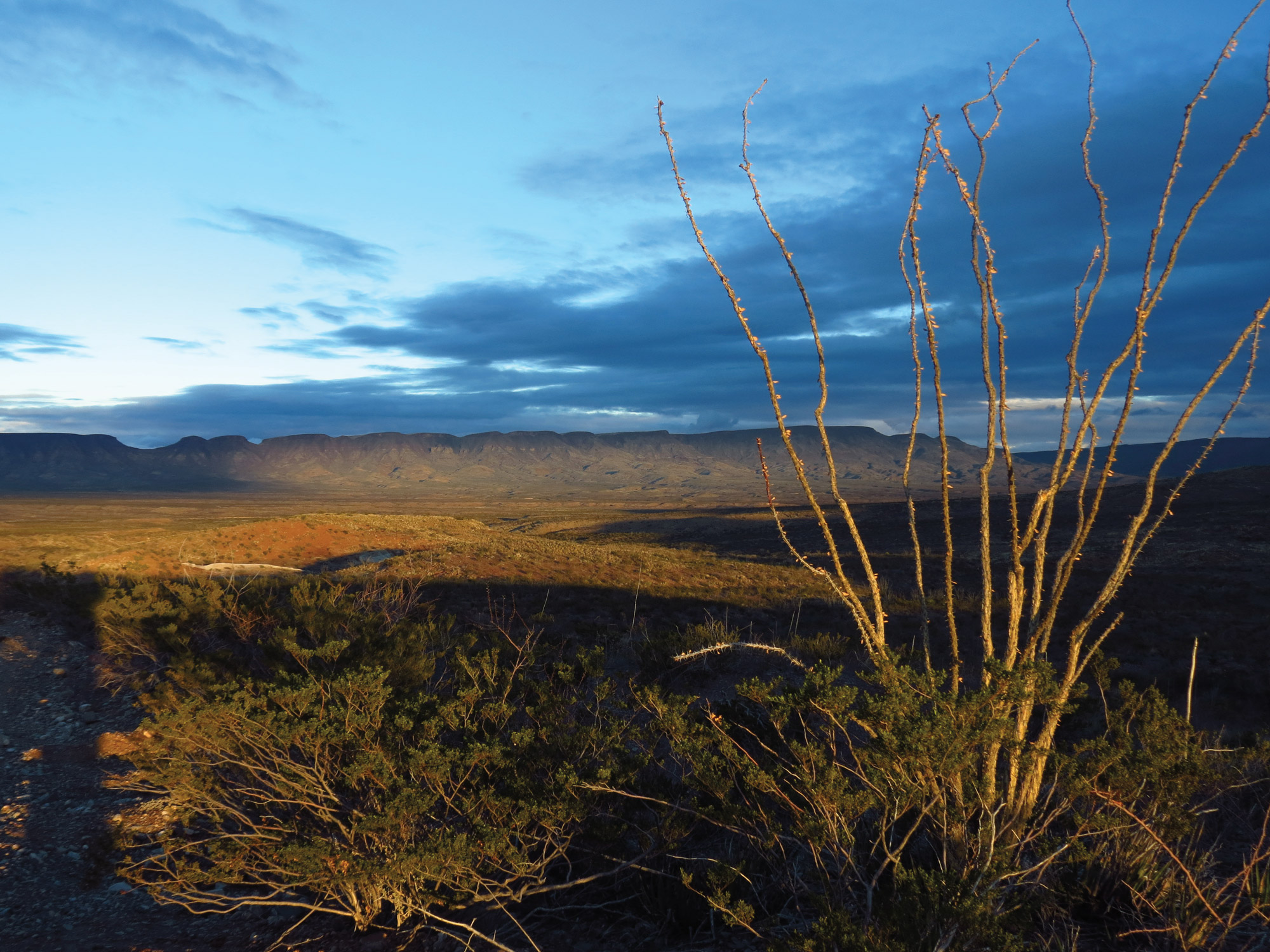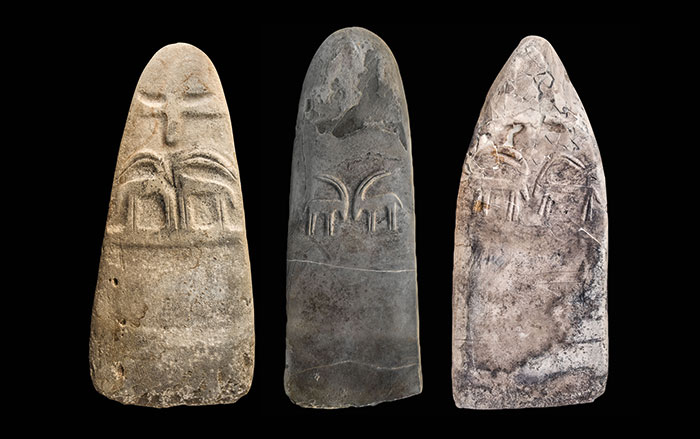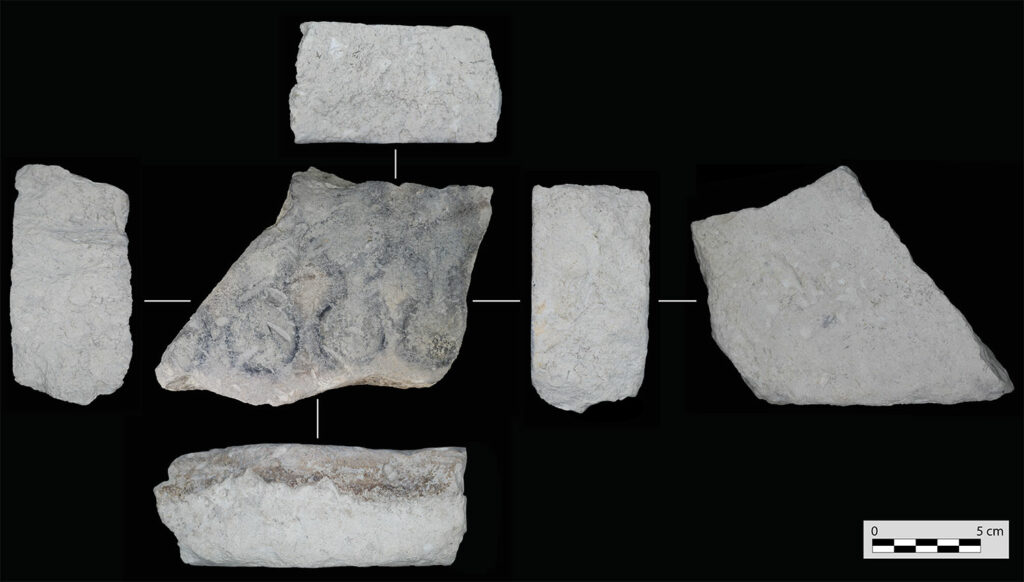
OBULCO, SPAIN—La Brújula Verde reports that researchers from the University of Jaén uncovered the earliest known stone coin mold from the Roman province of Hispania at the Ibero-Roman town of Obulco, modern-day Porcuna. During the second and first century b.c., many coin mints emerged in Iberia. Although archaeologists have excavated scores of coins, they have found little evidence of the locations of the workshops where they were created. The object, which is about four inches long, is one half of a bivalve mold used to produced coin blanks, metal discs that would later be stamped. X-ray fluorescence spectrometry of the mold revealed the presence of a binary copper-lead alloy in its metallic impressions, which is consistent with the compositions previously identified in coins from Obulco. Experts determined that the mold was used in the production of bronze coins dated to between 189 and 165 b.c., when the city of Obulco issued its first coins. Archaeologists are hoping that its discovery will provide new insights into the coin manufacturing process in Iberia during the Roman Republican period and offer more information about the organization and location of minting establishments. To read about silver mines in southern Spain that the Romans exploited for their coinage, go to "Spain's Silver Boom."



